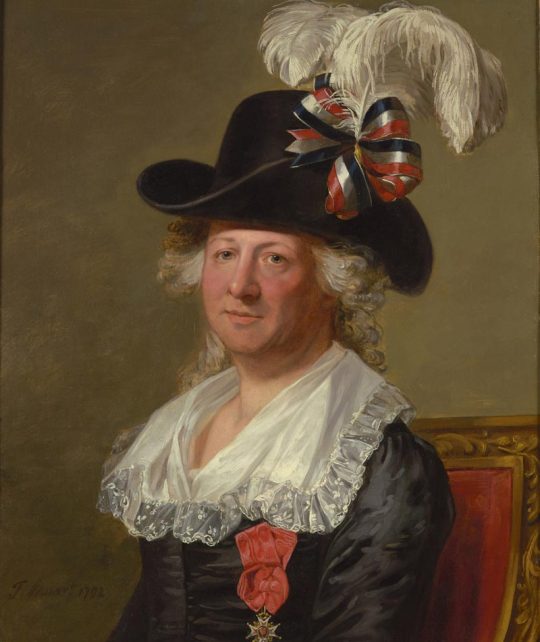Guest writer Joanna Santos argues that it is time we liberate ourselves from models that reduce gender variance to sexual arousal.
By Joanna Santos
I have lived all my life with the knowledge that something was different about me. By the age of 4 or 5 years old, although aware that I was a boy, I had an interest in playing with dolls and trying on my mother’s shoes. But quickly enough I learned to suppress those desires because the messages I received were that I was not to indulge in these activities.
Since then I have come full circle and after a long period of reflection and angst (during which time I kept an almost daily blog), I have come to return to the state where I began my life. I have returned to being as true as I can to a nature that was always there but within the confines of the reality that I now live as an ageing adult.
After having read every book and every article on the subject of gender dysphoria I could get my hands on, I finally had to concede that there was not going to be a conclusive answer regarding the way I was made and why I was drawn to being a female. I had to finally accept without question that it made up part of my natural wiring and nothing was going to change that.
My gender expression need not be tied to my natal sex. No matter what society expects of you, it’s best to adhere to an expression that fits your comfort level and your self-image. This lesson was the hardest to learn because I came from an era where there was little latitude or permissiveness on that front. One was a male or one was a female and that was that.
Things have changed considerably since then.
We are now on the cusp of a revolution which I am still young enough to be able to witness first hand. Yes the same old arguments exist among the academics who will argue about Blanchard’s two typologies of transwomen and which one is more genuine but for me that is now entirely irrelevant because the true question is: “in which form do you feel most comfortable to live out your life?”
 |
| Trans people are liberating themselves from the stifling theories of the past. (Photo: moodboard) |
By Joanna Santos
I have lived all my life with the knowledge that something was different about me. By the age of 4 or 5 years old, although aware that I was a boy, I had an interest in playing with dolls and trying on my mother’s shoes. But quickly enough I learned to suppress those desires because the messages I received were that I was not to indulge in these activities.
Since then I have come full circle and after a long period of reflection and angst (during which time I kept an almost daily blog), I have come to return to the state where I began my life. I have returned to being as true as I can to a nature that was always there but within the confines of the reality that I now live as an ageing adult.
After having read every book and every article on the subject of gender dysphoria I could get my hands on, I finally had to concede that there was not going to be a conclusive answer regarding the way I was made and why I was drawn to being a female. I had to finally accept without question that it made up part of my natural wiring and nothing was going to change that.
My gender expression need not be tied to my natal sex. No matter what society expects of you, it’s best to adhere to an expression that fits your comfort level and your self-image. This lesson was the hardest to learn because I came from an era where there was little latitude or permissiveness on that front. One was a male or one was a female and that was that.
Things have changed considerably since then.
We are now on the cusp of a revolution which I am still young enough to be able to witness first hand. Yes the same old arguments exist among the academics who will argue about Blanchard’s two typologies of transwomen and which one is more genuine but for me that is now entirely irrelevant because the true question is: “in which form do you feel most comfortable to live out your life?”



